Devon Eastland on Librarian George Parker Winship
When I was an undergraduate, I only knew George Parker Winship’s name because of the series of lectures delivered in his honor at the Houghton Library. The topic of one such talk offered this fall (the 107th in the series) was “Effacements in the Repository: Do Physical Objects Have the Right to Exist?” The question makes sense to us in 2021. People keep asking me whether the death of the book is nigh. My short answer is no. My no is brought to you in part by Winship.
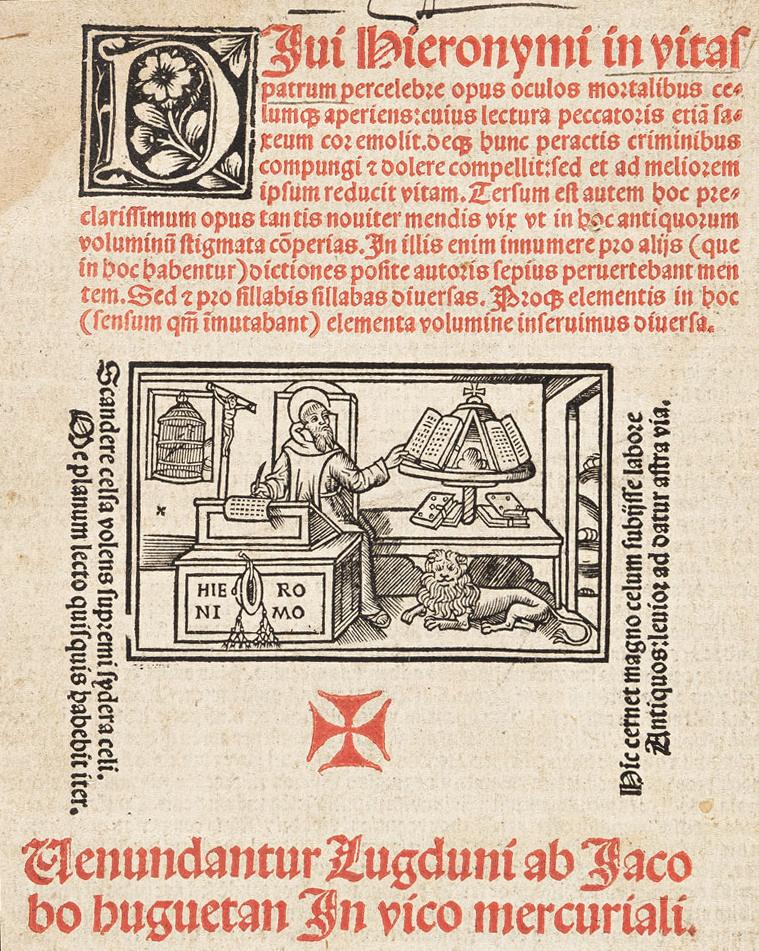
What Makes a Book Important to Libraries & People?
A small consignment of fine books from Winship’s library arrived on my desk at Swann at the end of the summer and cataloging them for the October 14, 2021, Early Printed Books sale sent me off on a research hike into his biography.
Winship graduated from Harvard in 1893. His first important library job was founding librarian of the John Carter Brown Library at Brown in Providence, no small feat. He found himself back at Harvard in the nineteen-teens, in charge of the rare book collection that belonged to Harry Elkins Widener. Widener’s books were to be donated to the school by his mother after his tragic loss aboard the RMS Titanic. Eleanor Elkins Widener had another small gift that went along with the books, enough money for Harvard to build its largest library. The eponymous Widener would replace the much smaller Gore Hall, and house HEW’s rare book collection, with enough space left over for another 3.5 or so million volumes.
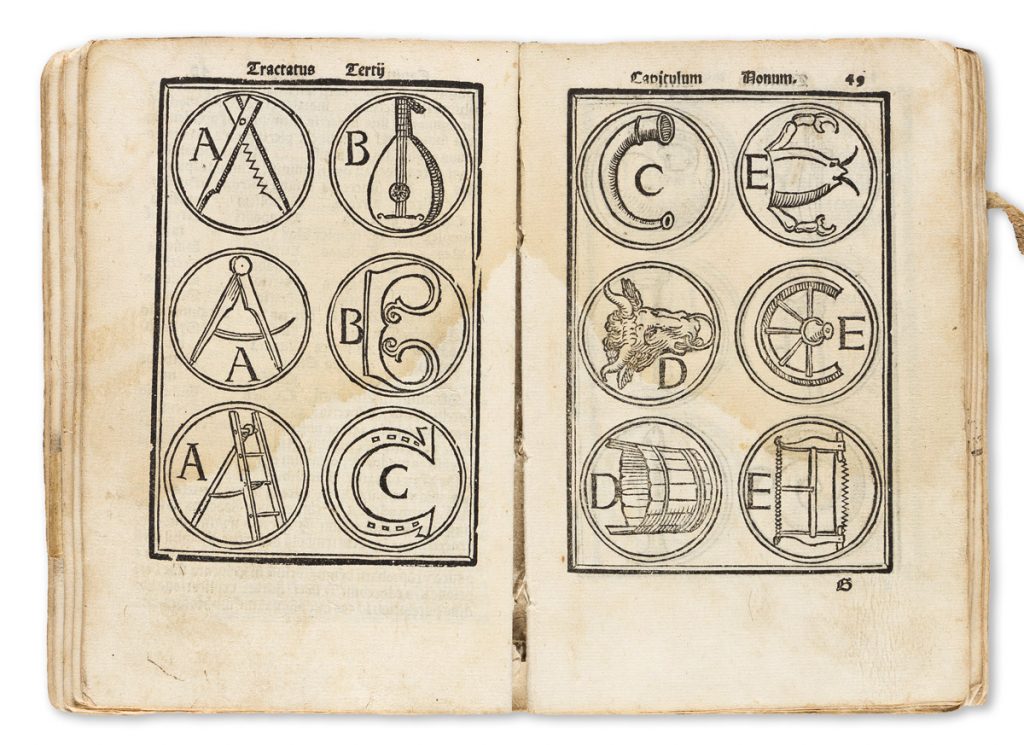
The atmosphere in the Treasure Room at the Widener Library was a bit static for Winship, notwithstanding the friendly companionship of Shakespeare’s First Folio and the Gutenberg Bible. Young Widener’s collection was an already formed entity and adding to it was not part of the plan. And so, our librarian friend came up with other plans that included using the collection (by making the Treasure Room welcoming to undergraduates) and encouraging students to fall in love with books while simultaneously expanding the institutional understanding of what makes a book important to libraries and to people.
“The Harvard Library has been, in the opinion of many who use it, the best students’ library in the world. It is also a very great collection of rare and valuable books, which have never had the care and attention that they deserved. If this can now be given to them, and an increasing number of owners of precious volumes realize that their treasures will be appreciated, intelligently preserved for the delight of future book lovers, and made available under proper restrictions and oversight for the use of investigators, the Harvard Library can confidently anticipate rivalling someday even the Bodleian at Oxford. Laying the foundations for such a future is what my present job calls for.”
George Parker Winship writing in the Twenty-fifth Anniversary Class Report
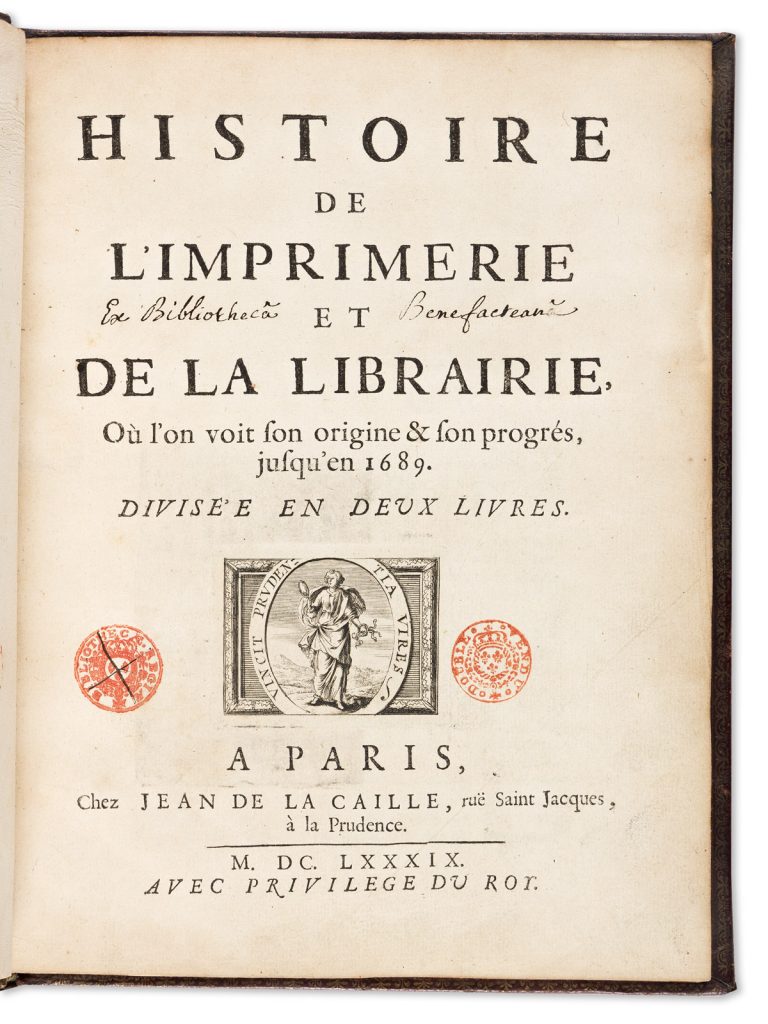
A school needs books for the instruction of its pupils, naturally enough, and Harvard’s inception as a seventeenth-century New England seminary defined its relationship to books in a very practical way. Sometime between 1636 and 1915, to no one’s surprise, these notions were beginning to shift, in no small part because of the opinions of Winship. He wanted to enhance the collection in new ways, by supporting the resurging interest in traditional book-making fueled by the small-press productions of his day (Ashendene, Doves, Kelmscott, etc.), and encouraging better gifts from better donors, and not just donors, but real book collectors. He also taught classes about cataloging rare books and the history of printing with examples drawn from the collection. In the process he came to redefine how a library might view its own books.
I was introduced to the history of the book arts, printing, graphic processes, medieval manuscripts, and type design through the classes I took at the Houghton Library in the 1990s. At the time, I was unaware of my debt to Winship and his influence on the creation and promotions of programs like the ones that formed my own course of study. Being able to trace my presence on the book scene today through his lineage (before my parents were born) is a humbling experience indeed.
“Ever since students were offered a course on ‘The History of the Printed Book,’ […] there has been an increasing realization that certain books were more important for what they are, than for what they contain.”
(cf. Harvard Library Notes, Cambridge: Harvard University Press, No. 10, February 1923, pages 225-228)
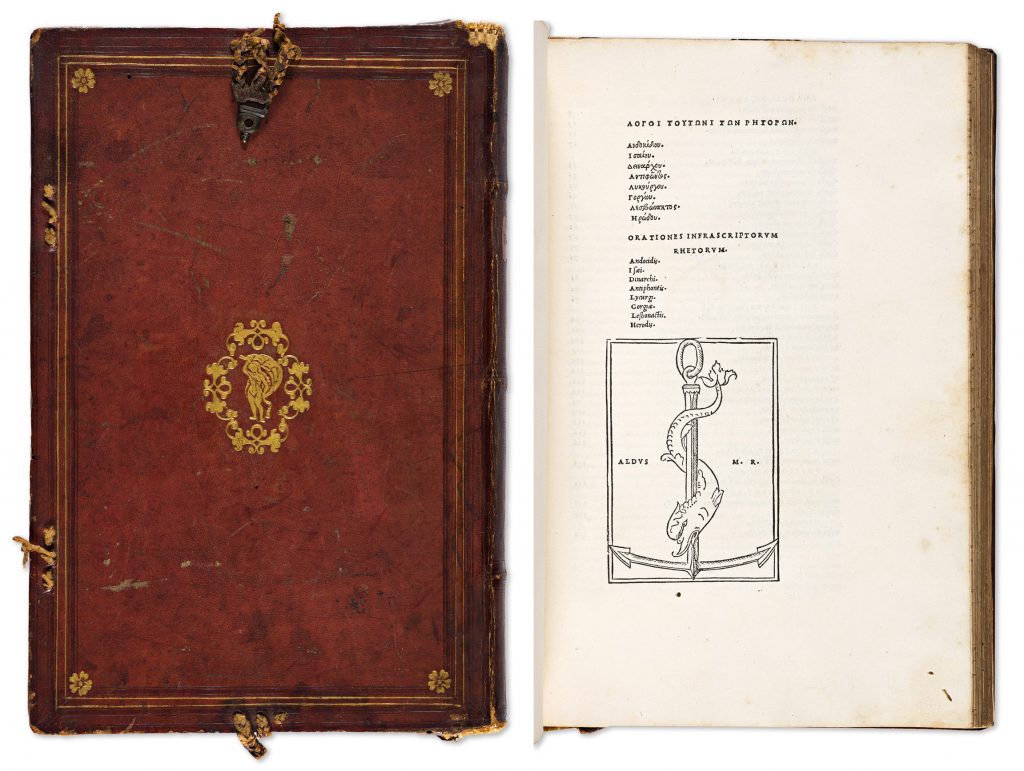
As a teacher and lover of early books and the art of printing, he still has more to share. I would suggest combing through the descriptions of the lots that grace this sale [lots 8, 21, 41, 49, 59, 69, 81 and 90], and also consulting the GPW biography by Walter Muir Whitehill published in the Proceedings of the Massachusetts Historical Society, Third Series, Vol. 71 (Oct. 1953-May 1957), pages 266-375; and the slim pamphlet, George Parker Winship as Librarian, Typophile, and Teacher, Cambridge: The Harvard College Library, 1999 (with foreword by my dear mentor Roger Stoddard).
Related Reading: Early Printed Books: Old Tombstones
Devon Eastland on Caroline Schimmel & the Challenges of Creating Diverse Collections Driven by Women
Do you have an early printed book we should take a look at?
Learn about how to consign to an auction, and send us a note about your item.
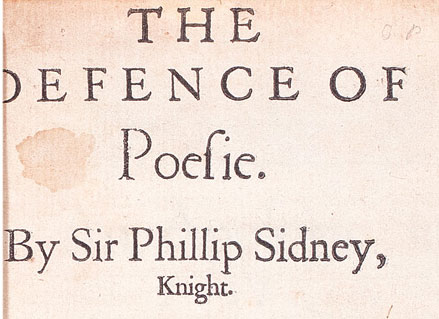
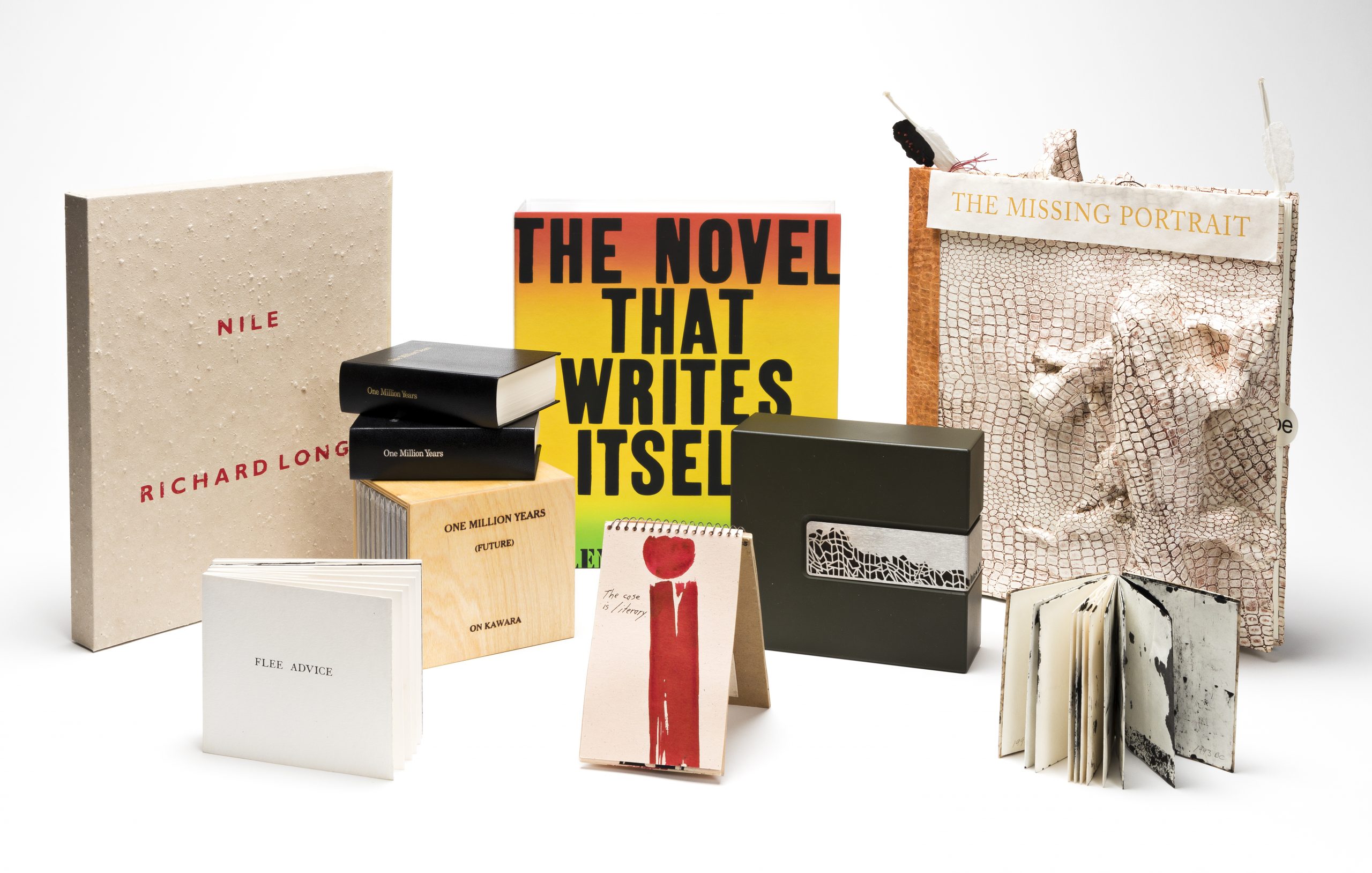
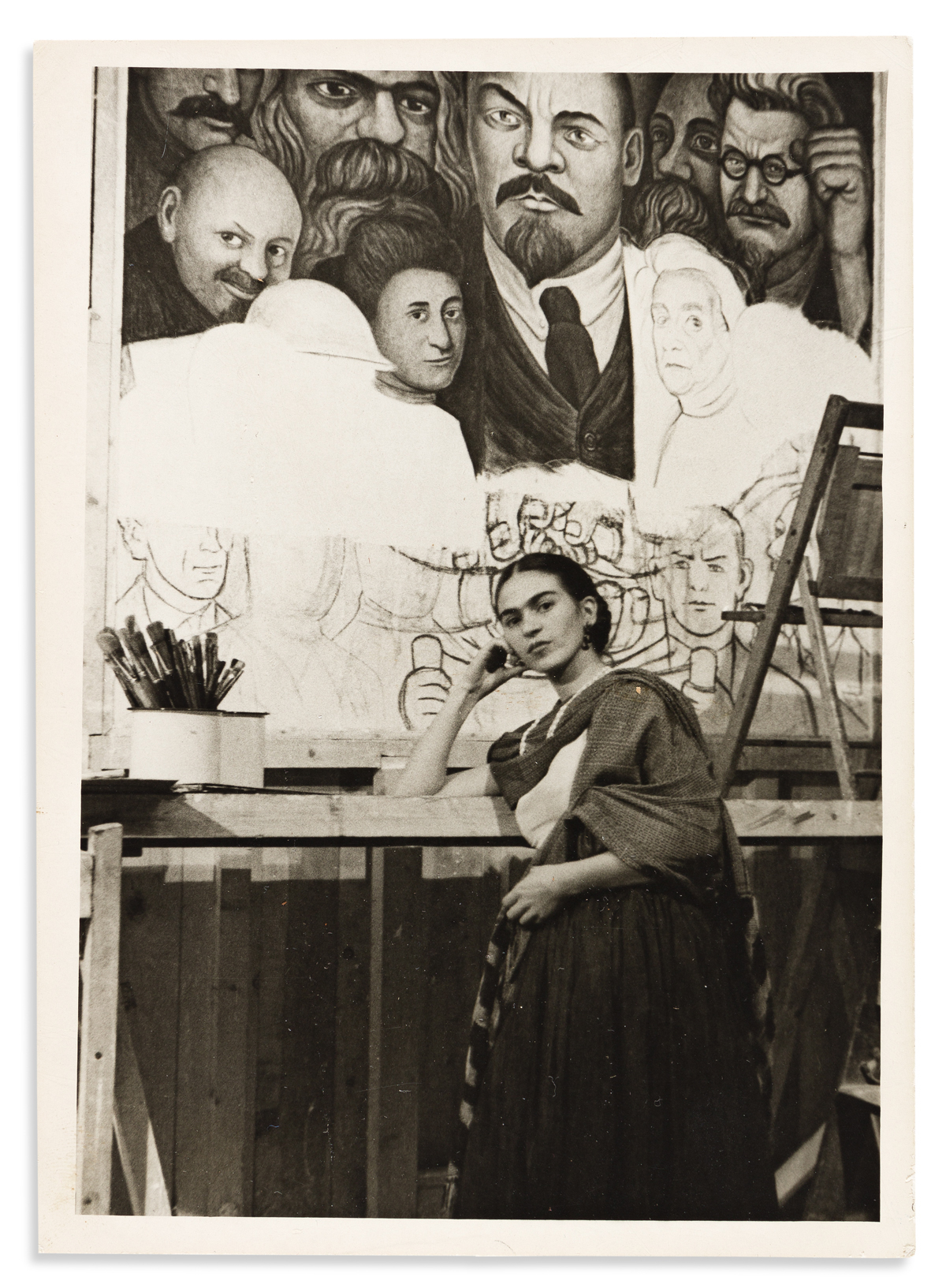










![Grace Meschery-McCormack shares about two copies of Fernando de Rojas’s ‘La Célestine,’ including a limited edition copy illustrated by Pablo Picasso.
At auction April 22. Learn more about the works at the link in our bio.
#Rarebooks #rarebookdealer #antiquarianbooks #auctions
_______________________________________
Music Credit:
Schubert - Piano Quintet in A major ‘The Trout’, D. 667 - IV. Andantino – Allegretto
Music provided by Classical Music Copyright Free on Youtube [https://tinyurl.com/visit-cmcf]
Watch: • Schubert - Piano Quintet in A major ‘...]](https://scontent-iad3-1.cdninstagram.com/v/t51.75761-15/491443494_18499096345036585_5935932878956098058_n.jpg?stp=dst-jpg_e35_tt6&_nc_cat=107&ccb=7-5&_nc_sid=18de74&_nc_ohc=OlBShB8qEWAQ7kNvwHbrXqd&_nc_oc=Adn09Fh3YL-11OkpQcrYGgFN9beLpm0IfGUn2bwN7iJs6d4v8qMeP8kSYmCw82y2ewU&_nc_zt=23&_nc_ht=scontent-iad3-1.cdninstagram.com&edm=AM6HXa8EAAAA&_nc_gid=ALjW-WotoJKMhmSxb3MjdA&oh=00_AfHxnW1r6azPkfEpGu23ZkOrQJZhFUze5da2x2sbKDWsbw&oe=681AE6D1)




